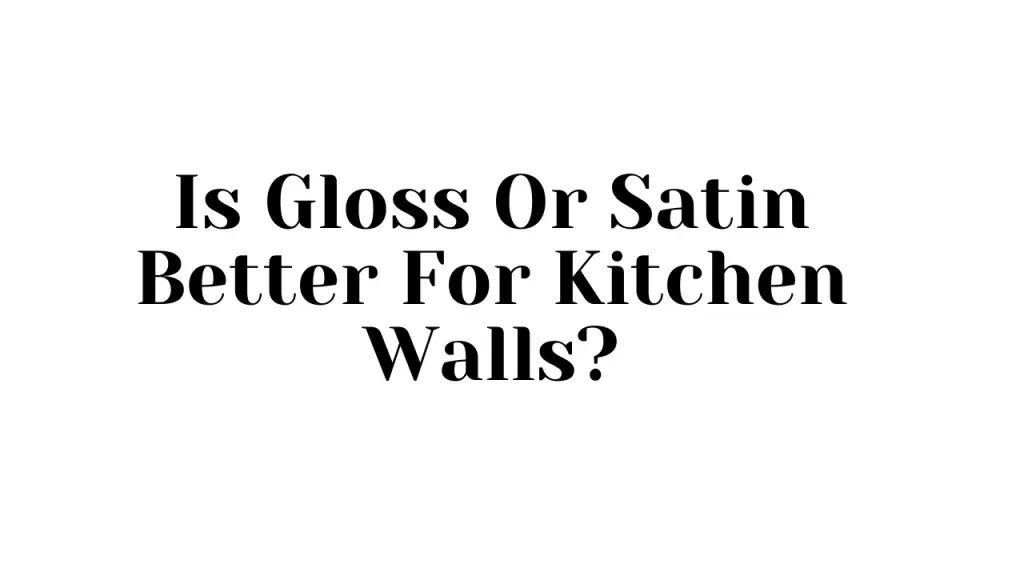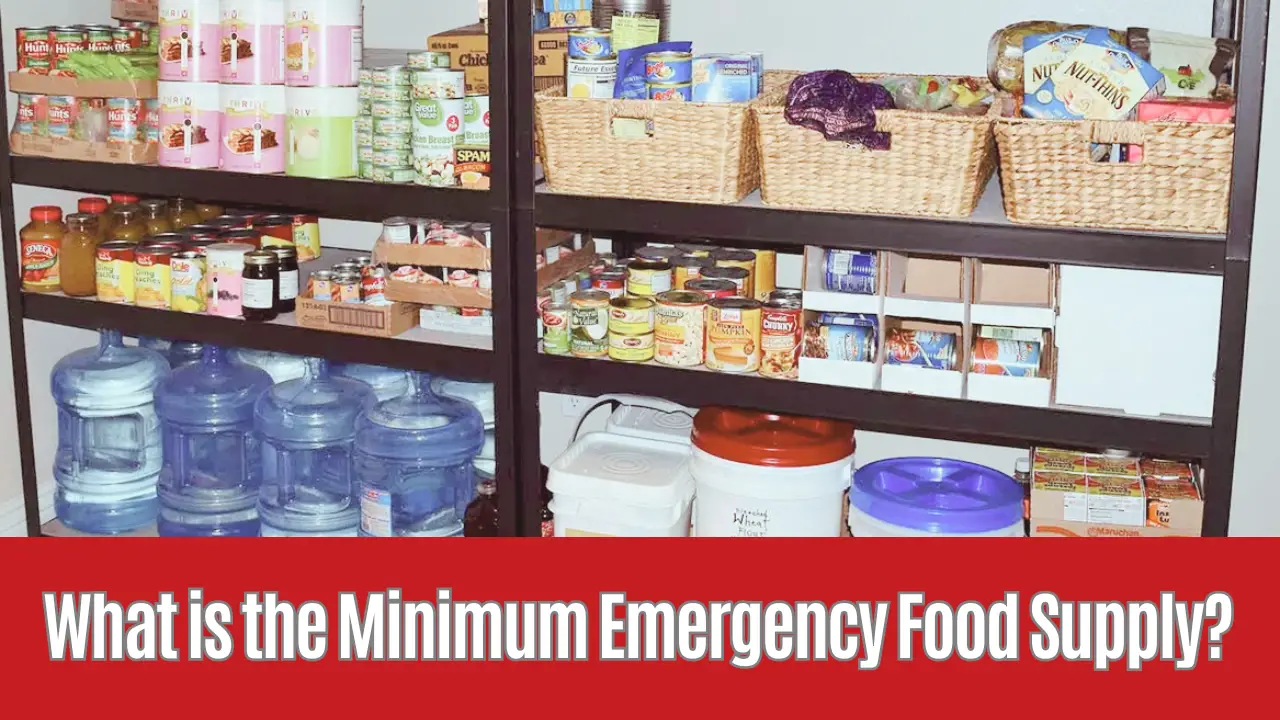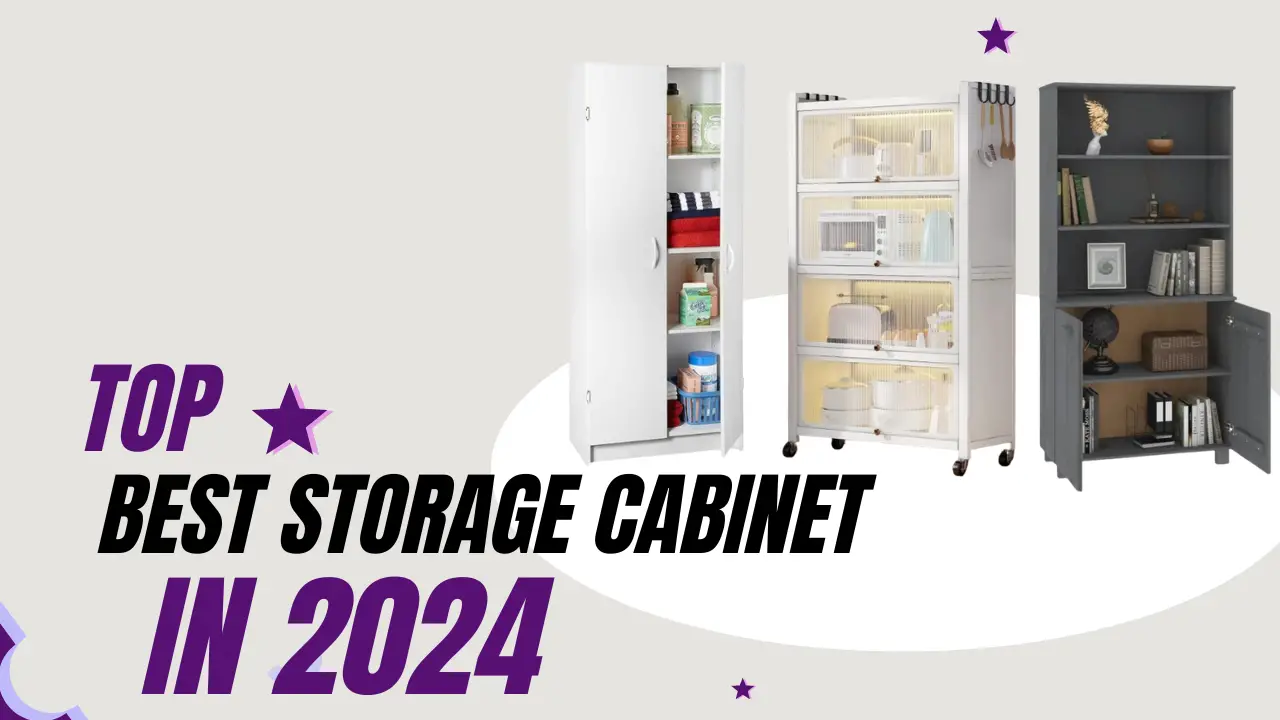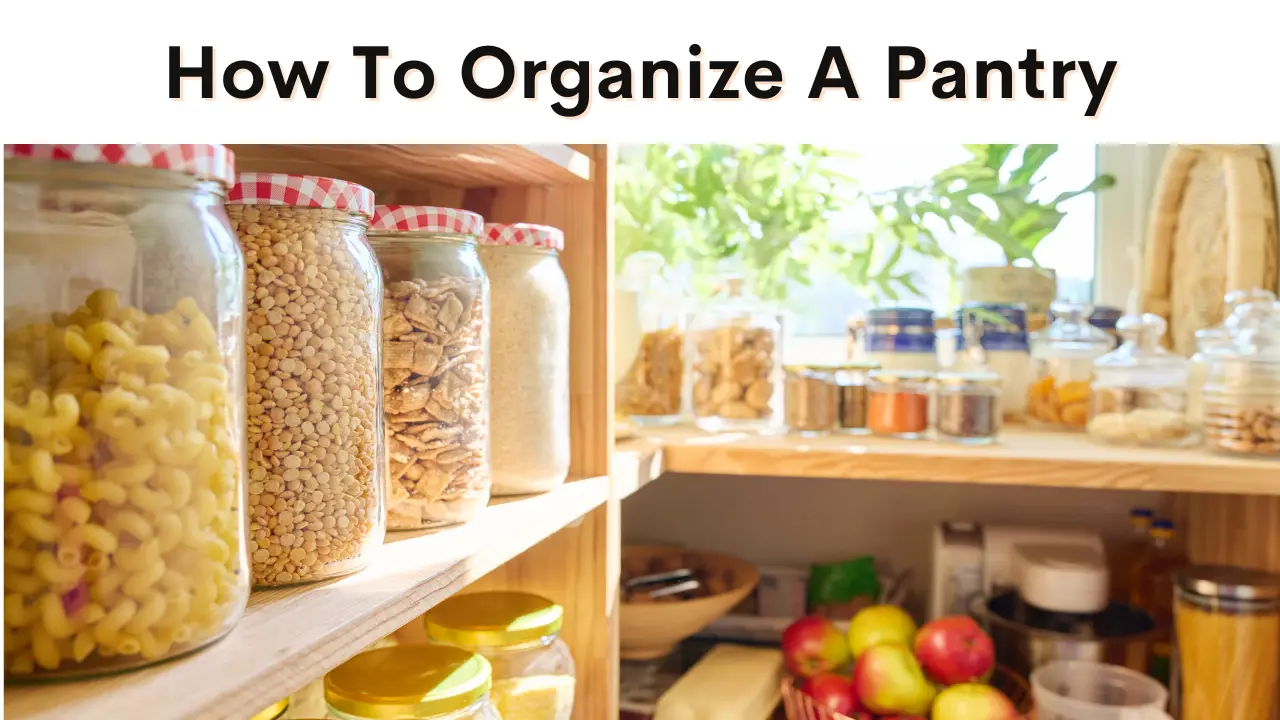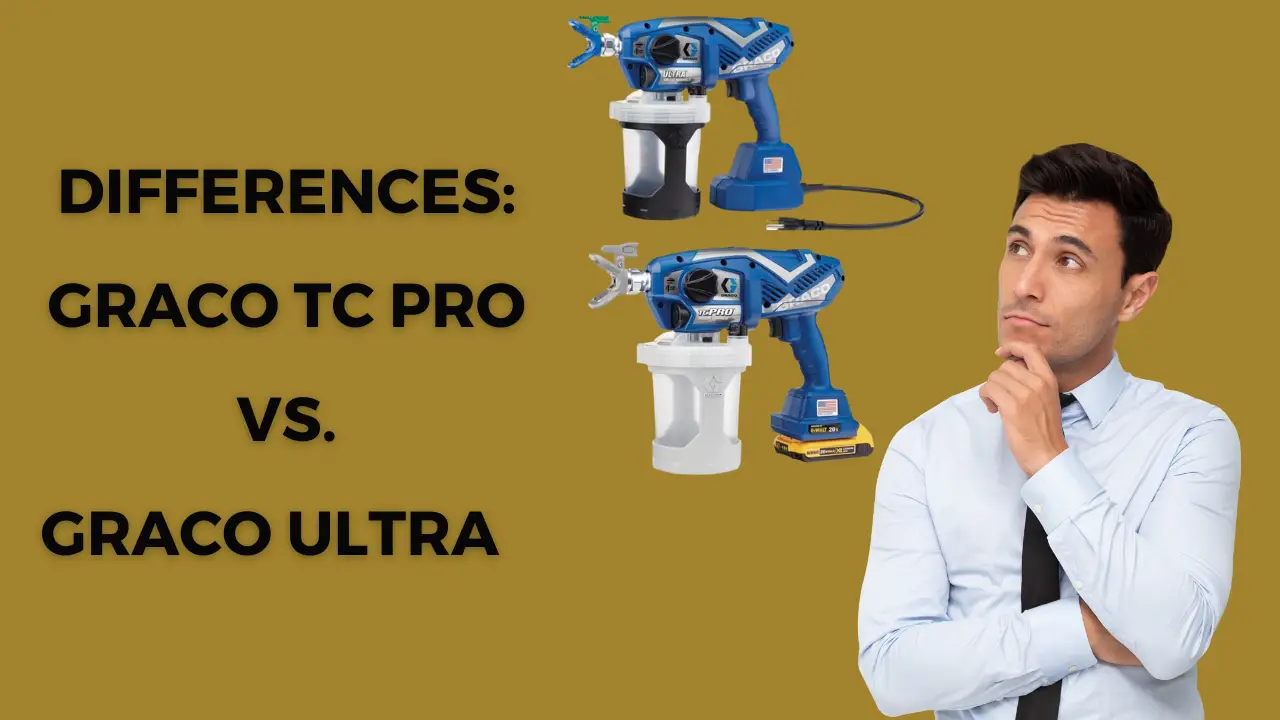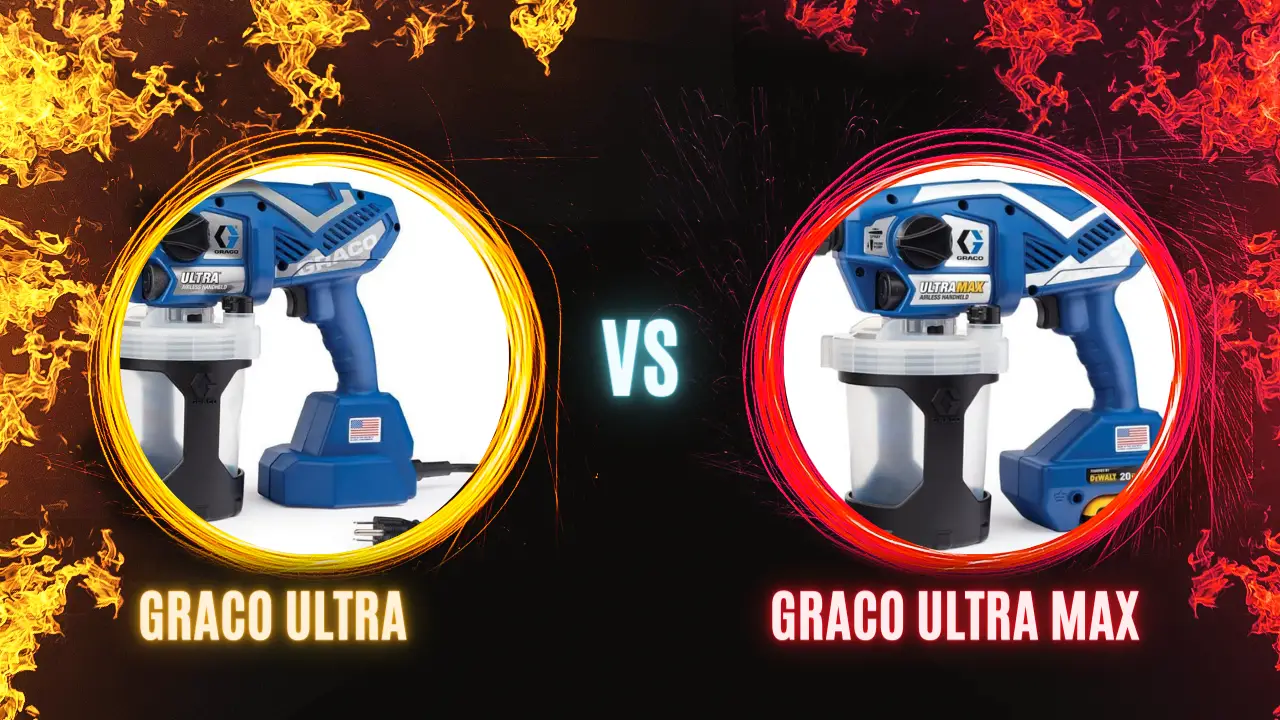Are you in the process of remodeling your kitchen and wondering whether a gloss or satin finish would be better for your kitchen walls? Choosing the right finish for your kitchen walls is an important decision, as it can greatly impact the overall look and feel of your space.
In this article, we will explore the characteristics of both gloss and satin finishes, discuss their durability and maintenance requirements, and help you decide which finish is better suited for your kitchen style.
Is gloss or satin better for kitchen walls?
The choice between gloss and satin for kitchen walls depends on personal preference. Gloss finishes offer a shiny and reflective surface, making them easy to clean, but may highlight imperfections. Satin finishes have a subtle sheen, providing durability and hiding flaws while offering a more muted appearance.
When it comes to gloss finishes, they offer a shiny and reflective surface that can make your kitchen walls stand out. This finish is known for its ability to reflect light, giving your kitchen a brighter and more spacious appearance. Gloss finishes are also easy to clean, as any spills or splatters can be wiped off effortlessly.
On the other hand, a satin finish offers a softer and more subtle sheen that adds a touch of elegance to your kitchen walls. Satin finishes are known for their ability to resist stains and scratches, making them a great option for high-traffic areas like the kitchen. Additionally, satin finishes have a smoother texture compared to gloss, which can be beneficial if you have imperfections on your walls that you want to conceal.
Choosing between a gloss and satin finish for your kitchen walls depends on your personal preference and the style you want to achieve. Gloss finishes offer a shiny and reflective surface that can brighten up your kitchen, while satin finishes provide a softer and more elegant look. Consider factors such as durability, maintenance requirements, and the overall aesthetic you want to achieve in your kitchen before making your decision.
With the right finish, you can transform your kitchen walls into a beautiful and functional space that you will enjoy for years to come.
Key Takeaways
Gloss finish:
- Shiny and reflective surface
- Makes walls stand out
- Reflects light and gives a brighter and more spacious appearance
- Easy to clean and spills can be wiped off effortlessly
Satin finish:
- Softer and more subtle sheen
- Adds elegance to walls
- It resists stains and scratches
Factors to consider:
- Personal preference and style
- Durability
- Maintenance
- Aesthetic
Characteristics of Gloss Finish
So, you’re probably wondering what makes a gloss finish so special for your kitchen walls. Well, let me tell you, it’s all about that soft sheen and touch of elegance that it brings to the space.
A gloss finish has a shiny and reflective surface that adds a beautiful depth to your kitchen walls. It creates a smooth and polished look that is sure to catch the eye of anyone who enters the room.
Not only does a gloss finish give your kitchen walls a luxurious appearance, but it also has practical benefits. The smooth surface of the gloss finish makes it easier to clean and maintain. Any spills or splatters can be easily wiped away without leaving behind any stains or marks.
This is particularly important in a kitchen, where cooking can lead to grease and food particles being splattered on the walls. With a gloss finish, you can keep your kitchen walls looking pristine with minimal effort.
Characteristics of Satin Finish
If you’re looking for a paint finish that falls between matte and gloss, satin is the perfect choice for your kitchen walls. It offers a soft sheen that adds a subtle shine to the room without being too glossy.
With its touch of elegance, a satin finish can provide the perfect balance of sophistication and practicality for your kitchen.
Soft Sheen between Matte and Gloss
When choosing the finish for your kitchen walls, you should consider the soft sheen option, which falls between matte and gloss, as it adds an elegant touch and allows for easy cleaning.
The soft sheen finish has a subtle shine that adds a touch of sophistication to your kitchen aesthetics. Unlike matte finishes, which can appear dull and flat, or gloss finishes, which can be overly shiny, the soft sheen strikes the perfect balance. It reflects just enough light to brighten up the space without creating harsh reflections or glare.
In addition to its aesthetic appeal, the soft sheen finish is also practical for kitchen walls. The slight sheen makes it easier to wipe away any splatters or stains that may occur while cooking or preparing meals. Whether it’s a splash of pasta sauce or a grease stain, you can simply wipe it off without leaving behind any residue or marks. This makes it especially ideal for kitchens, where cleanliness is a top priority.
So, if you’re looking for a finish that adds a touch of elegance to your kitchen while also being easy to maintain, consider the soft sheen option for your kitchen walls.
Subtle Shine
With its gentle gleam, the soft sheen finish adds a touch of sophistication to any room, reflecting just enough light to brighten up the space without creating harsh reflections or glare.
When it comes to kitchen walls, opting for soft sheen paint can bring a subtle shine that adds a touch of elegance to the heart of your home. The soft sheen finish strikes the perfect balance, providing a hint of luminosity without overpowering the space. It creates a smooth and polished look that effortlessly enhances the overall aesthetics of your kitchen.
The subtle shine of a soft sheen paint not only adds visual interest but also offers practical benefits. The slight sheen helps to repel stains and makes cleaning a breeze, making it an ideal choice for kitchen walls that are prone to splatters and spills.
Additionally, the soft sheen finish can make your kitchen feel more spacious by reflecting light and creating an illusion of depth.
Whether you have a modern or traditional kitchen, the soft sheen paint will elevate the ambiance, giving your space a touch of elegance that’s both inviting and visually appealing.
Touch of Elegance
Add a touch of elegance to your space with a soft sheen paint that effortlessly enhances the overall aesthetics of your kitchen. Choosing between gloss or satin for your kitchen walls ultimately boils down to the balance between elegance and practicality.
While gloss paint offers a high shine and a sleek, polished finish, satin paint strikes the perfect balance between aesthetic appeal and functionality. Satin paint, with its subtle sheen, adds a touch of sophistication to your kitchen walls without being too overwhelming. It offers a smooth and velvety texture that beautifully reflects light, bringing out the best in your kitchen’s design elements.
It effortlessly enhances the overall aesthetics of your space, giving it a more polished and refined look. However, satin paint also considers practicality. It is known for its durability and ability to withstand daily wear and tear, making it an ideal choice for high-traffic areas such as kitchens. So, while satin may not offer the same level of shine as gloss, it compensates by providing a practical and long-lasting solution for your kitchen walls.
Durability of Gloss and Satin Finishes
When it comes to the durability of gloss and satin finishes, you’ll find that both have their advantages. Gloss finishes are known for their resistance to scratches and stains, making them a great choice for high-traffic areas like kitchen walls.
On the other hand, satin finishes offer long-lasting performance, maintaining their beauty and integrity even in the face of everyday wear and tear. So whether you prefer a glossy or satin look, rest assured that both options can provide the durability you need for your kitchen walls.
Resistance to Scratches and Stains
To ensure durability, opt for a satin finish on your kitchen walls, as it offers better resistance to scratches and stains, making it an ideal choice for a high-traffic area like the kitchen. Satin finishes are known for their ability to hide minor imperfections, such as scratches or dents, due to their low sheen level. This means that even if your kitchen walls are accidentally bumped or scratched, the satin finish will help minimize the visibility of these marks, keeping your walls looking clean and fresh.
In addition to being scratch-resistant, satin finishes also provide excellent stain resistance. The smooth and slightly glossy surface of satin paint makes it easier to wipe away common kitchen stains, such as grease splatters or food spills. This is particularly important in a kitchen where spills and stains are inevitable. With a satin finish, you can simply wipe away any marks or stains with a damp cloth without worrying about damaging the paint or leaving behind unsightly residue.
Overall, satin finishes offer a practical and durable solution for kitchen walls, ensuring that they remain clean and beautiful for years to come.
Long-lasting Performance
For a kitchen that will stand the test of time, you’ll want a finish that offers long-lasting performance against wear and tear. When it comes to the longevity benefits and performance comparison between gloss and satin finishes for kitchen walls, there are some key factors to consider.
A gloss finish is known for its durability and resistance to stains and moisture. It provides a smooth, shiny surface that is easy to clean and maintain. With its high sheen, a gloss finish can make your kitchen walls look vibrant and polished. However, it is important to note that gloss finishes can highlight imperfections on the walls, such as bumps or cracks. On the other hand, a satin finish offers a more subtle sheen and can help to hide any wall imperfections. It is also durable and resistant to stains, making it a popular choice for kitchen walls. While satin finishes may not provide the same level of shine as gloss finishes, they still offer a clean and attractive appearance.
To better understand the differences between gloss and satin finishes, take a look at the table below:
| Gloss Finish | Satin Finish | |
|---|---|---|
| Durability | Highly durable, resistant to scratches and moisture | Durable, resistant to stains and moisture |
| Sheen Level | A high-sheen, reflective surface | Subtle sheen, less reflective |
| Wall Imperfections | Highlights imperfections | Helps to hide imperfections |
| Cleaning | Easy to clean and maintain | Easy to clean and maintain |
Considering the longevity benefits and performance comparisons, both gloss and satin finishes have their advantages. It ultimately comes down to personal preference and the specific needs of your kitchen. Whether you prioritize a high sheen and vibrant appearance or a more subtle and forgiving finish, both gloss and satin can provide long-lasting performance for your kitchen walls.
Maintenance Requirements
When it comes to maintenance, there are a few key points to consider for gloss and satin finishes. First, you’ll want to think about cleaning and touch-up considerations. Gloss finishes are generally easier to clean and can handle more scrubbing, while satin finishes may require more gentle cleaning to avoid damaging the sheen.
Additionally, ease of maintenance is another factor to keep in mind. Gloss finishes tend to be more durable and resistant to stains and wear, making them a low-maintenance option for kitchen walls.
Cleaning and Touch-up Considerations
Maintaining a clean and flawless finish is easier with semi-gloss paint in your kitchen, making it the better choice for your walls. With semi-gloss paint, you’ll find that cleaning your kitchen walls becomes a breeze.
The smooth and shiny surface of semi-gloss paint allows for easy wipe-downs, as dirt and grease are less likely to stick to the walls. This means you can quickly and effortlessly remove any splatters or stains that may occur during cooking. Whether it’s a splash of spaghetti sauce or a fingerprint from little hands, a damp cloth or sponge is all you need to keep your walls looking fresh and clean.
In addition to its easy-cleaning properties, semi-gloss paint is also great for touch-ups. Over time, your kitchen walls may experience wear and tear, such as small scratches or scuff marks. With semi-gloss paint, you can easily touch up these imperfections without leaving noticeable patches. The reflective nature of semi-gloss paint helps to blend the touch-up paint seamlessly with the existing surface, giving your walls a consistent and flawless appearance.
So, if you value a clean and well-maintained kitchen, choosing semi-gloss paint for your walls is the way to go.
Ease of Maintenance
Keeping your kitchen walls looking fresh and clean is a breeze with semi-gloss paint, thanks to its easy wipe-down and touch-up properties. When it comes to maintenance requirements, semi-gloss paint shines. This type of finish is resistant to stains, grease, and moisture, making it ideal for a high-traffic area like the kitchen. With just a damp cloth or sponge, you can easily wipe away any splatters, spills, or fingerprints that may occur during cooking or meal preparation. Additionally, semi-gloss paint is durable and long-lasting, so you won’t have to worry about frequent repainting or touch-ups.
To give you a better idea of the maintenance benefits of semi-gloss paint, let’s take a look at a comparison table:
| Maintenance Requirements | Cleaning Techniques |
|---|---|
| Easy wipe-down | Damp cloth or sponge |
| Resistant to stains, grease, and moisture | Gentle cleaning solutions |
| Durable and long-lasting | Avoid abrasive scrubbing |
As you can see, the ease of maintenance with semi-gloss paint is evident. It provides a protective surface that is easy to clean and maintain, allowing you to keep your kitchen walls looking pristine for years to come. So, if you want a finish that requires minimal effort to keep clean and touch-up, semi-gloss is the way to go.
Choosing the Right Finish for Your Kitchen Style
When choosing the right finish for your kitchen style, consider the specific aesthetic of your space.
For modern and contemporary kitchens, a sleek and glossy finish can enhance the clean lines and minimalist design.
Traditional and rustic kitchens, on the other hand, often benefit from a more matte and textured finish to complement the warm and inviting atmosphere.
Transitional and eclectic kitchens offer a bit more flexibility, allowing you to choose a finish that combines elements from both styles for a unique and personalized look.
Modern and Contemporary Kitchens
For a sleek and stylish look in your modern kitchen, go with gloss or satin paint for the walls. Modern kitchen design is all about clean lines, minimalist aesthetics, and a touch of sophistication.
Gloss or satin finishes are perfect for achieving this look. Gloss paint creates a smooth and shiny surface that reflects light, making your kitchen appear brighter and more spacious. It also adds a touch of luxury to the space, enhancing the overall modern vibe.
Satin paint, on the other hand, offers a subtle sheen that adds depth and dimension to your walls. It provides a smooth and velvety finish that is both elegant and contemporary, making it a popular choice among homeowners who want to achieve a modern look in their kitchens.
Incorporating gloss or satin paint in your modern kitchen also aligns with contemporary kitchen trends. These finishes are versatile and can be used to create a variety of looks, from high-gloss modern to soft and sophisticated contemporary. Whether you choose a bold color or a neutral shade, gloss or satin paint adds a touch of sophistication and elegance to your kitchen walls.
Additionally, these finishes are durable and easy to clean, which is essential in a space that is prone to spills and splatters. With gloss or satin paint on your kitchen walls, you can easily wipe away any messes and keep your space looking fresh and stylish.
So, if you’re looking to create a modern and contemporary kitchen, gloss or satin paint is the way to go.
Traditional and Rustic Kitchens
If you want to create a warm and cozy ambiance in your kitchen, nothing beats the charm and character of traditional and rustic design. Traditional and rustic kitchens are known for their timeless appeal and inviting atmosphere.
One popular style in this category is the rustic farmhouse kitchen, which combines elements of both rustic and farmhouse design. These kitchens often feature exposed wooden beams, distressed finishes, and vintage-inspired appliances. The use of natural materials such as wood and stone adds to the rustic feel, while warm colors like earthy browns and creamy whites create a cozy and welcoming space.
On the other hand, if you prefer a more modern and sleek look, minimalistic kitchens are a great option. Minimalistic kitchens are characterized by clean lines, simple shapes, and a clutter-free environment. These kitchens often feature smooth surfaces, sleek cabinets, and minimal decorative elements. The color palette in minimalistic kitchens is usually neutral, with shades of white, gray, and black dominating the space. This creates a sense of simplicity and sophistication.
Overall, whether you choose a traditional and rustic kitchen or a minimalistic one, both styles can bring a unique charm and personality to your kitchen space. It ultimately depends on your personal preference and the atmosphere you want to create in your kitchen.
Transitional and Eclectic Kitchens
Now that we’ve explored traditional and rustic kitchens, let’s move on to transitional and eclectic kitchens. If you’re looking for a kitchen design that seamlessly blends classic and contemporary elements, then a transitional kitchen might be the perfect fit for you. This style combines traditional and modern features to create a timeless yet updated look.
In a transitional kitchen, you’ll find clean lines, neutral color palettes, and a mix of materials like wood, metal, and glass. This design approach allows you to create a space that feels warm and inviting while still incorporating sleek and modern elements.
When it comes to eclectic kitchen decor, the possibilities are endless. This style is all about mixing and matching different patterns, colors, and textures to create a truly unique and personalized space. In an eclectic kitchen, you can let your creativity run wild and showcase your style.
You can incorporate vintage furniture, bold artwork, and unexpected accents to add personality and charm to the space. Whether you prefer a bohemian, industrial, or retro vibe, an eclectic kitchen allows you to express yourself and create a truly one-of-a-kind space.
Transitional kitchens offer a harmonious blend of traditional and modern elements, while eclectic kitchens embrace individuality and creativity. Both styles provide endless opportunities for customization and personalization, allowing you to create a kitchen that reflects your unique taste and style.
So, whether you prefer the seamless elegance of a transitional kitchen or the eclectic charm of an eclectic kitchen, the choice is yours to make. Happy designing!
Conclusion
In conclusion, is gloss or satin better for kitchen walls? When it comes to choosing between gloss or satin for your kitchen walls, it ultimately depends on your personal preferences and the style of your kitchen.
Gloss finishes offer a high sheen and a reflective surface that can make your kitchen appear brighter and more vibrant. However, they also tend to highlight imperfections and may require more maintenance to keep them looking pristine.
On the other hand, satin finishes provide a softer and more subtle sheen that can give your kitchen a sophisticated and elegant look. They are also more forgiving when it comes to concealing imperfections and are generally easier to maintain. Satin finishes are a popular choice for modern and contemporary kitchen styles.
To make the right decision, consider the overall aesthetic of your kitchen and whether you prefer a glossy or a more understated look. Additionally, take into account the level of maintenance you’re willing to commit to. Ultimately, both gloss and satin finishes can enhance the appearance of your kitchen walls, so choose the option that aligns with your style and maintenance preferences.
